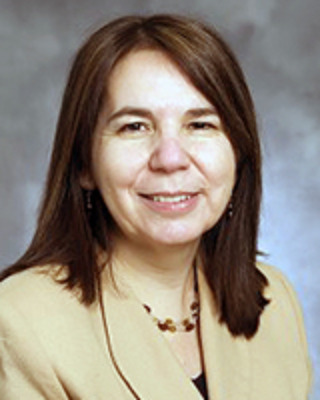Now published, see the full article 
Early Abstract:
Introduction: Boardwalk Cisterns is a government program, which aims to attend a population with precarious access to water in Brazil. Developed as part of the Zero Hunger strategy, it intends to increase food security and contribute to the realization of the human right to food.
Objective: To assess farmers’ perceptions of the Boardwalk Cisterns program and its impact on the food security situation of beneficiary households.
Method: Data were collected through a descriptive cross-sectional quali-quantitative survey. Questionnaires were applied to farming families selected from two municipalities in the state of Alagoas (Northeast Brazil), containing questions on sociodemographic characteristics, production methods, and food security status. Free evocation technique for social representation, analyzed through the software Ensemble of Programs Permettant L'analyze des Évocations, was used to ascertain farmers’ perceptions of the program.
Results: The study showed a positive perception of the interviewees in relation to the boardwalk cisterns. The program brought some improvement in the agricultural production conditions and, consequently, in the food security situation of the households. Corn, beans and cassava were the most common crops, with almost half of this production (48,3%) destined for consumption by the families themselves. Farmers also reported having more water allowing them to plant more fruit trees, as well as medicinal and ornamental plants. Nevertheless, 79.1% of the households interviewed were still in a situation of food insecurity, of which 28.1% were classified as mild food insecurity, 26% as moderate food insecurity, and 25% as severe food insecurity.
Conclusion: Farmers were correct in their perception that the Cisterns program improved their food security situation. The program resulted in greater access to water, and greater production and consumption of food. However, by itself, the Cisterns program was not enough to raise beneficiary families above their food insecure status. The program alleviated the problem of food insecurity, but other complementary government interventions are needed to guarantee the food security of families living in extreme poverty.







